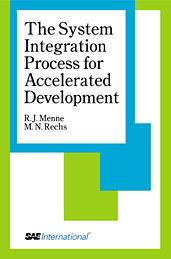Technical Paper
Weight and Friction Optimized Cranktrain Design Supported by Coupled CAE Tools
2009-04-20
2009-01-1452
Due to the contradiction of the market demands and legal issues OEMs are forced to invest in finding concepts that assure high fuel economy, low exhaust emissions and high specific power at the same time. Since mechanical losses may amount up to 10 % of the fuel energy, a key to realise such customer/government specific demands is the improvement of the mechanical performance of the engines, which comprises mainly friction decrease and lightweight design of the engine parts. In order to achieve the mentioned objectives, it has to be checked carefully for each component whether the design potentials are utilized. Many experimental studies show that there is still room for optimization of the cranktrain parts, especially for the crankshaft. A total exploitation of the crankshaft potentials is only possible with advanced calculation approaches that ensure the component layout within design limits.

